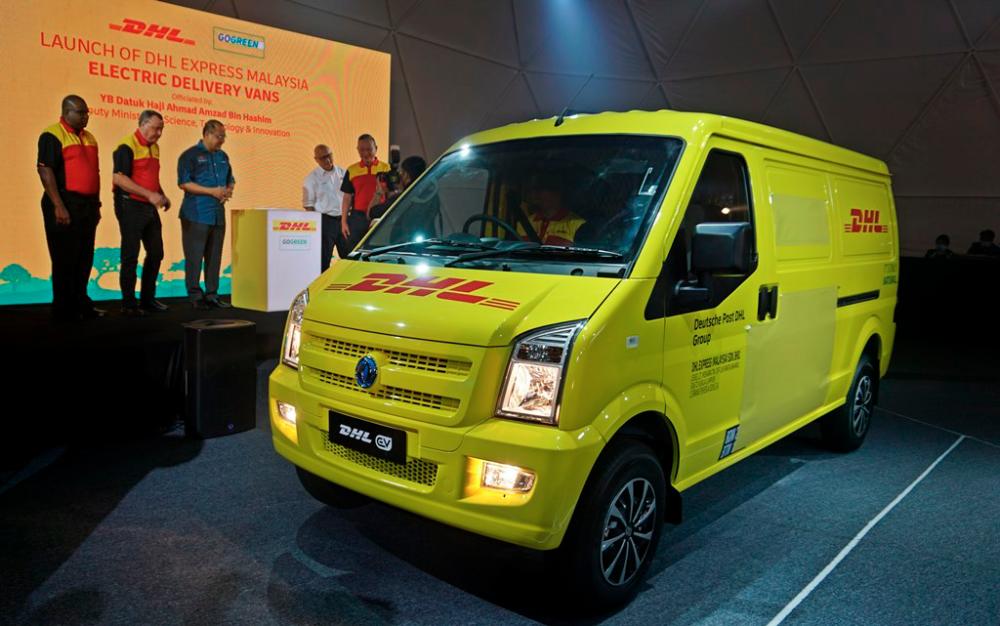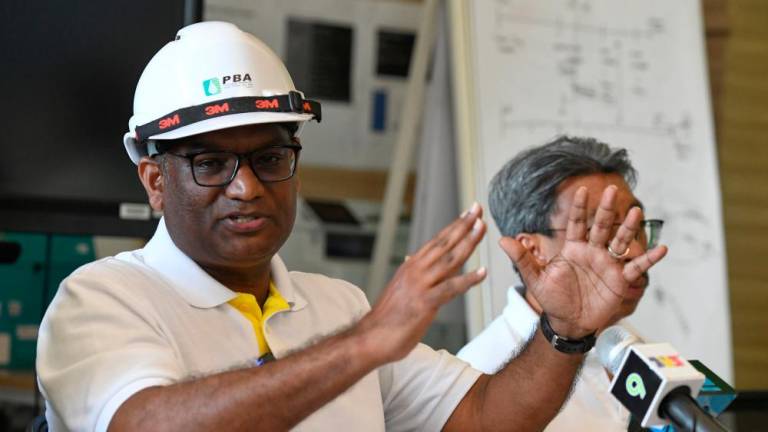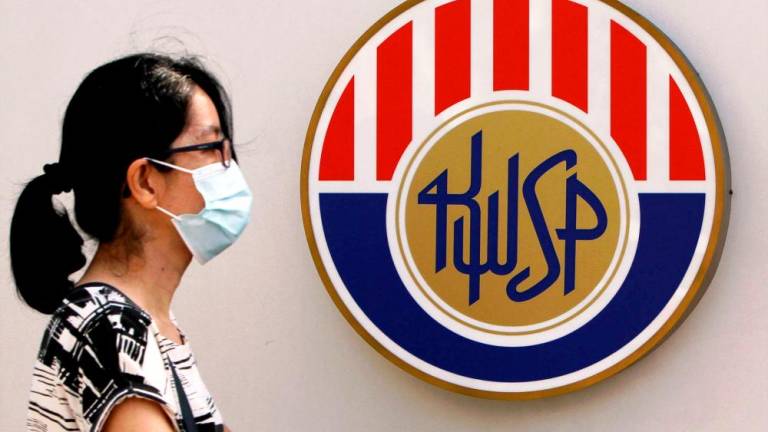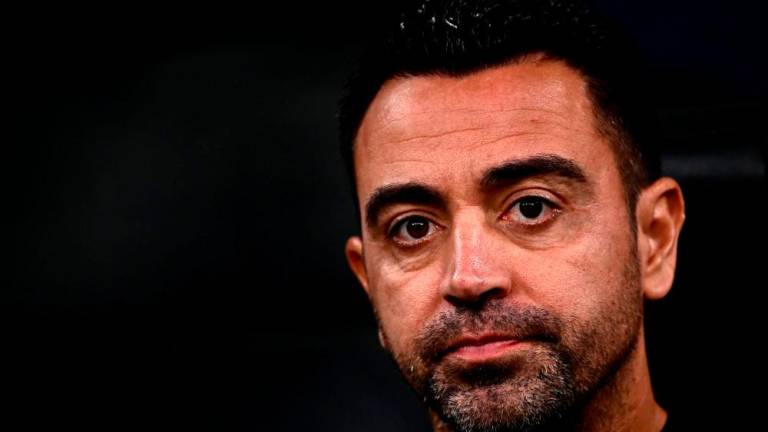THE vehicle fleets of logistics companies travel non-stop delivering goods and as most are powered by internal combustion engines (ICE), they obviously generate a lot of CO2 (carbon dioxide) which has been identified as the gas causing global warming and climate change. While the leading commercial vehicle manufacturers have done a lot to make engines run cleaner, it’s clear that there needs to be a shift to zero emissions electric powertrains soon.
Understanding that its vehicles contribute large amounts of CO2 around the world. DHL, the logistics company, has set a goal that by 2030, 60% of its vehicles involved in ‘last-mile’ deliveries (from depot to customer’s location) will be electrified. This is part of its commitment to have sustainable business practices with the ultimate goal of zero emissions logistics by 2050.
Over the past few years, it has been electrifying its fleets around the world and DHL Express plans to have more than 1,000 electric vehicles (EVs) in the Asia-Pacific region by 2024. In Malaysia, it is the first logistics provider to deploy EVs for last-mile deliveries, starting with 6 vehicles from next month. During 2023, another 55 more EVs will be added to DHL’s fleet.
The areas of operation for the first 6 EVs will be the Klang Valley and as more vehicles join the fleet, they will be deployed in other major urban centres in Peninsular Malaysia. The necessary supporting infrastructure will be set up at DHL facilities to provide recharging of battery packs so there is no dependence on the public charging network.
The EV chosen by DHL Express is the CAM EC35, said to be Malaysia’s first fully electric panel van. CAM, a Malaysian brand founded in 2009 which specializes in light commercial vehicles, is under R&A Marketing Sdn Bhd of Sendok Group (established in 1980s). It has other types of commercial vehicles in its range, some of which are assembled locally at a factory in Klang, Selangor.
The EC35 was developed in collaboration with DFSK, a Chinese company specializing in electrified logistics vehicles. Within its overall length of 4500 mm and 1680 mm width is 4.8 cubic metres of cargo volume accessible through sliding doors on both sides. The 1985 mm height allows for a generous 1270 mm of vertical space in the cargo area. It can carry a payload of up to 1 ton, which is similar to that of the version with an ICE.
A 60 kW/200 Nm electric motor at the rear drives the wheels and is powered by a 38.7 kWh iron phosphate lithium battery pack installed underneath between the front and rear axle lines. This type of battery has a longer service life than lithium-ion batteries and can run efficiently for long periods. This makes it suitable for business applications such as logistics vehicles.
The company claims a recharging time of up to 8 hours to ‘refill’ an empty battery pack, but the time can be reduced to 2.5 hours if DC fast-charging (up to 40 kW supply) is used. A fully battery pack is claimed to provide 266 kms of range, which would be sufficient for last-mile deliveries.
With its investment in EVs (each vehicle is believed to have a retail price of RM128,000 duty-free), DHL Express expects to save 48% on fuel costs compared to a similar van with ICE, along with a 33% decrease in CO2 emissions over a 1-year period.
“At DHL Express, our investments always aim to decrease our carbon footprint. Advancements in electric vehicle technology play a crucial role and contribute significantly to our mission of achieving net-zero emissions by 2050. This is an important milestone in or decarbonization journey and a step forward for making clean logistics a reality,” said Julian Neo, Managing Director of DHL Express Malaysia & Brunei.
“We will continue to expand our EV fleet to serve the best interests of our customers, their needs, and our global network of clean operations,” he added.










